At TheHealthBoard, we're committed to delivering accurate, trustworthy information. Our expert-authored content is rigorously fact-checked and sourced from credible authorities. Discover how we uphold the highest standards in providing you with reliable knowledge.
What are the Different Types of Callus Treatment?
A callus is a hard, rough area of skin that usually appears on the foot, hand, or knee. Calluses typically develop because of excessive rubbing or pressure, which might be caused by wearing tight or uncomfortable shoes, performing physical labor, using hand tools, or playing musical instruments. In many cases, the most effective callus treatment is simply avoiding the cause by wearing gloves or better fitting shoes. People can also soak their calluses in warm water, apply lotion regularly, and use pumice stones to trim away hardened skin. A very large or painful callus may require medical attention.
Most calluses are small, painless, and require no special treatment, though they can be annoying when they are on fingertips or sensitive spots on the feet. The best callus treatment and preventative measures can be determined by identifying the cause. An individual may simply need to buy more comfortable shoes or wear two socks on each foot to prevent rubbing and provide extra cushioning. If a person gets calluses when working with hand tools, he or she should wear gloves. When existing calluses are protected from further wear, they often begin to heal within a few weeks.

A person can soften a callus and shorten healing time by applying moisturizing lotion and soaking in warm, soapy water. Frequent baths can also help to prevent infection and make removing dead skin easier. A softened callus can be thinned by rubbing it with the fingers or a soapy washcloth regularly. Pumice stones and nail files can also be used to scrape away the outer layers of calluses.

Many commercial callus treatment devices are available that use small metal blades to cut away rough skin. While these devices can be effective, it is possible that they can cut too deep or into nearby healthy skin, presenting the possibility of irritation or infection. Doctors generally advise against the use of such callus treatment products.
A callus that does not soften and heal, or one that is accompanied by local pain, should be assessed by a licensed podiatrist or dermatologist. A doctor can thoroughly examine a callus to make sure that underlying conditions like warts or skin cancer are not causing the rough patch. Once other causes have been ruled out, a specialist can determine the best callus treatment. He or she may suggest cushioning shoe inserts to promote faster healing or reduce the risk of developing more severe calluses on the feet. Small pads that contain salicylic acid might also be prescribed to help replenish healthy skin and promote faster healing.
AS FEATURED ON:
AS FEATURED ON:










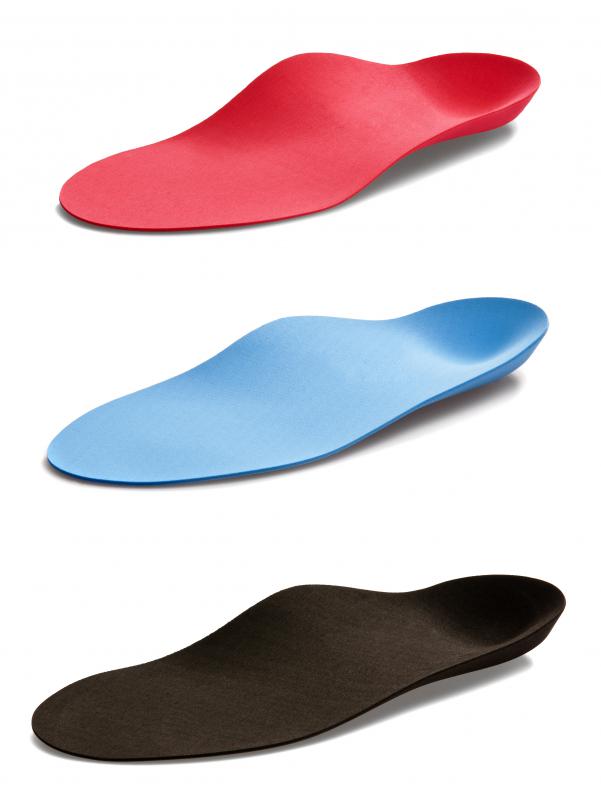
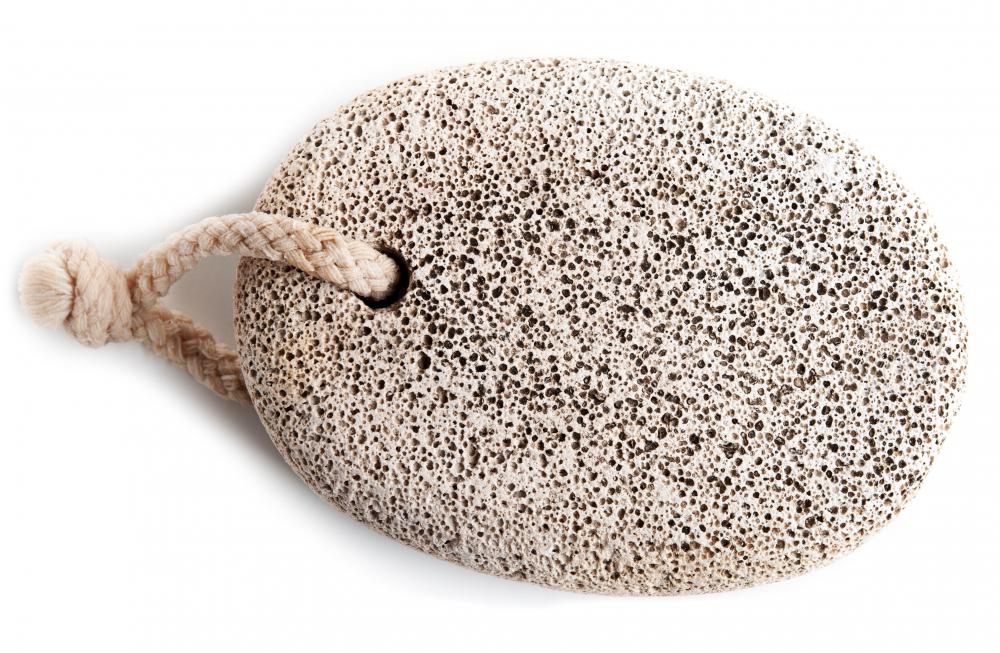
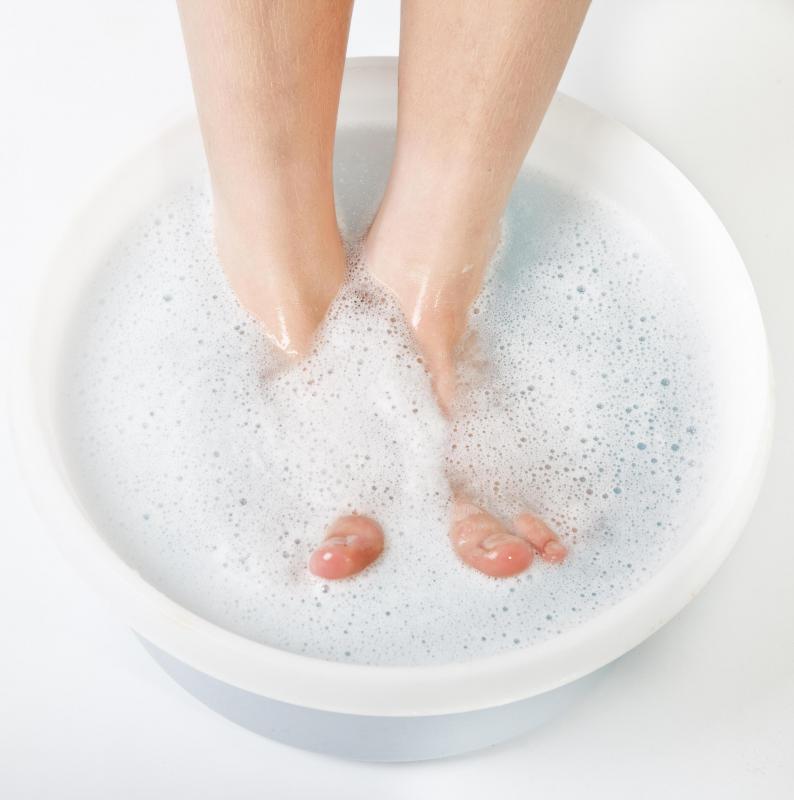



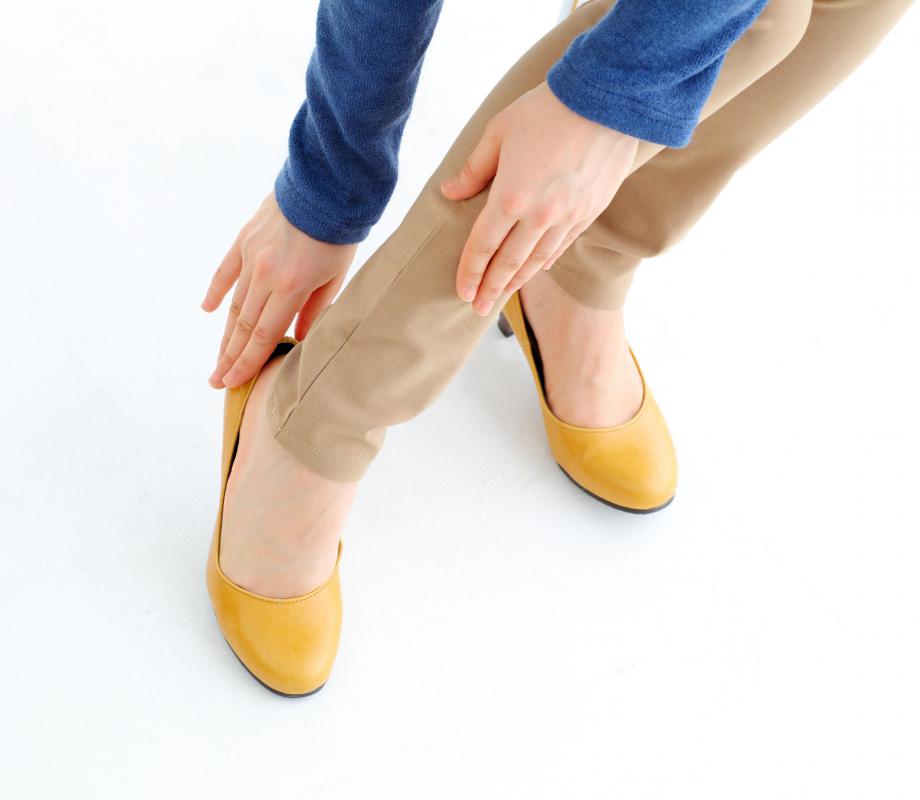
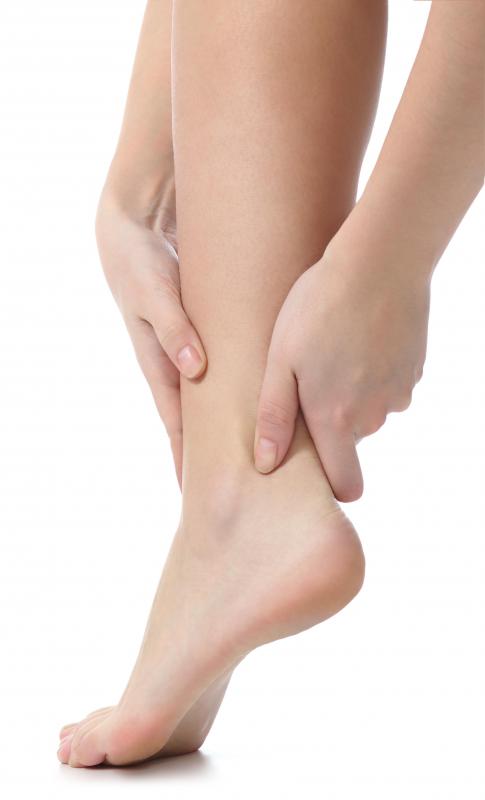
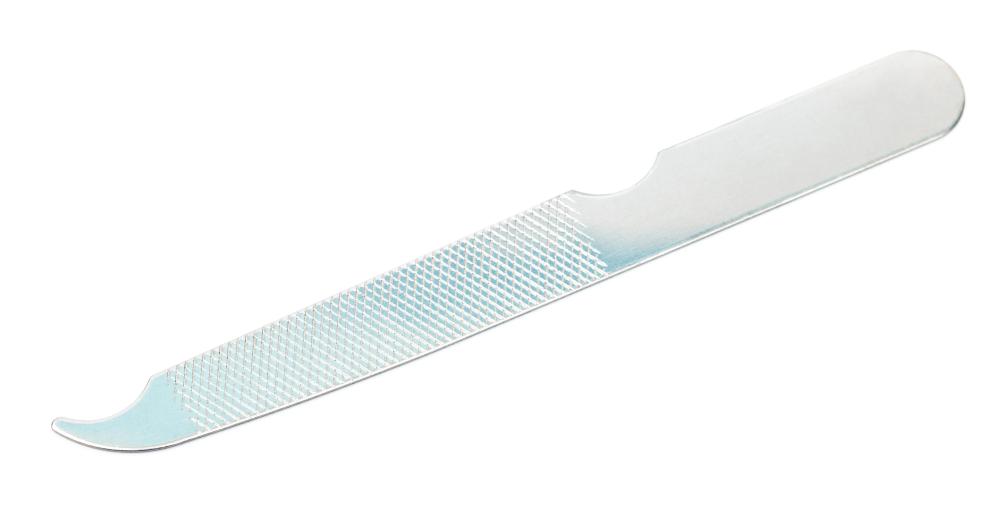
Discussion Comments
@stoneMason-- That's true, you could have gotten an infection. Those tools are sometimes used by doctors for very thick calluses but they use them with care and take all the necessary precautions. It's difficult to do it correctly at home.
Have you ever tried a callus removal cream? My sister uses one and she said that it works quite well.
I used a callus tool that uses a blade to cut away dead skin. But I think I removed a little too much because my heels were red and a little painful afterward. I looked it up online and read that using blades and removing too much skin from a callus can lead to an infection. I washed my feet and applied antibiotic ointment on those areas to prevent infection after reading that. I don't think I will use this tool again and I don't recommend it to others.
Soaking the feet and using a pumice stone takes much longer to work, but at least it's safe.
A painful callus that forms suddenly is definitely a sign that one is wearing the wrong pair of shoes.
I had it happen to me once after wearing flat sandals that provided no support for my feet whatsoever. The friction caused a painful callus that made it difficult to walk. It was even painful at night and I had to apply a pain-relieving cream at night to get some sleep. The pain continued for several weeks.
After switching to a good pair of supportive, orthopedic shoes, the callus disappeared and so did the pain. I recommend preventing calluses in the first place by wearing the right type of shoe. It's easier to prevent it than to treat it.
Post your comments